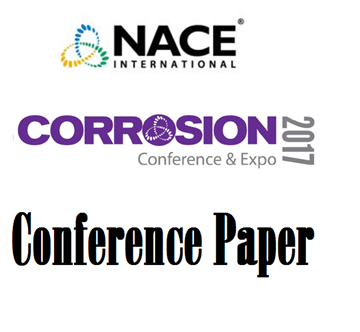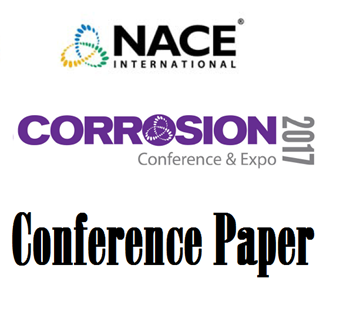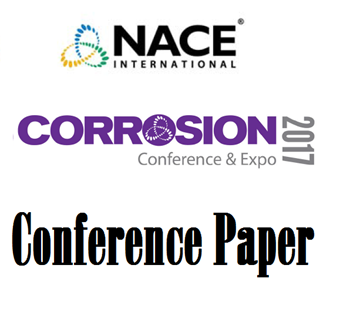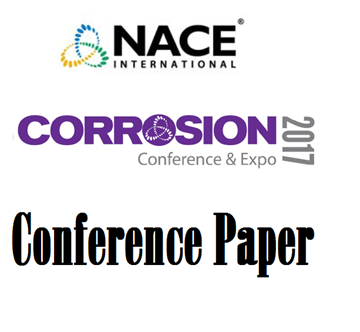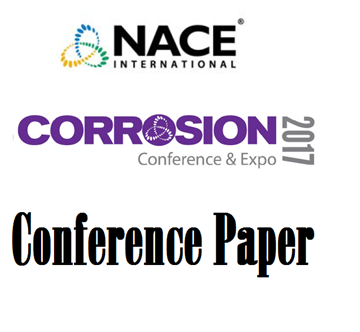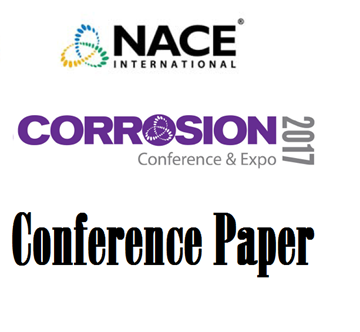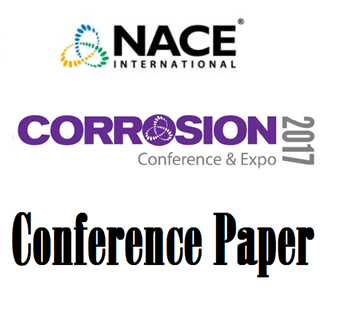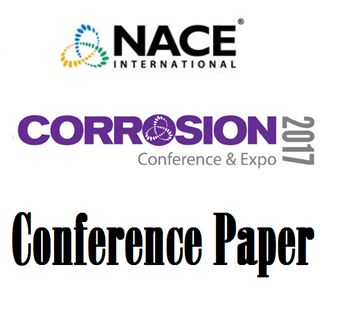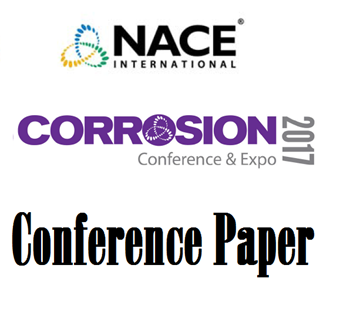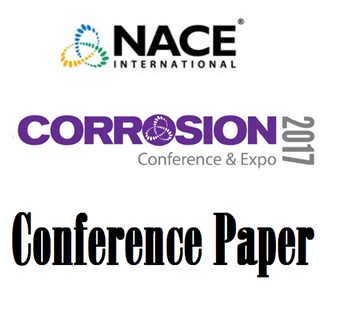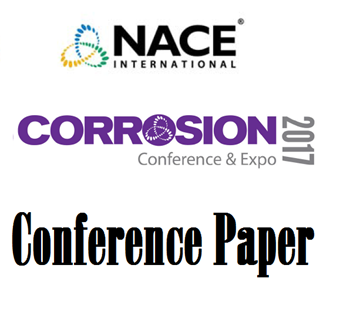Search
Products tagged with '2017 Conference Papers'
View as
Sort by
Display
per page
51317--9711-Review of Recent Developments in Induced AC Current Corrosion Mitigation Design Materials Installation and Monitoring Technologies
Product Number:
51317--9711-SG
ISBN:
9711 2017 CP
Publication Date:
2017
$20.00
51317--9712-Novel Synthesis Characterization and Testing of Vegetable Oil Derived Corrosion Inhibitors
Product Number:
51317--9712-SG
ISBN:
9712 2017 CP
Publication Date:
2017
$20.00
51317--9713-Assessing Corrosion Risk and Selection of Appropriate Testing Programs for Gas and Gas-Condensate Pipelines
Product Number:
51317--9713-SG
ISBN:
9713 2017 CP
Publication Date:
2017
$20.00
51317--9715-Problems Related to the Slow Strain Rate Test Performance and the Specimen Characterization in Austenitic Corrosion Resistant Alloy Tubes
Product Number:
51317--9715-SG
ISBN:
9715 2017 CP
Publication Date:
2017
$20.00
51317--9717-Characterization of SCC Initiation Precursors in Cold-Worked Alloy 690
Product Number:
51317--9717-SG
ISBN:
9717 2017 CP
Publication Date:
2017
$20.00
51317--9718-SSC Resistance of a Double Quench and Tempered T-95 Casing in Extremely Sour and High Pressure Environment
Product Number:
51317--9718-SG
ISBN:
9718 2017 CP
Publication Date:
2017
$20.00
51317--9719-New Yellow Metal Corrosion Inhibitors Targeting Surface Chemistry of Industrial Systems
Product Number:
51317--9719-SG
ISBN:
9719 2017 CP
Publication Date:
2017
$20.00
51317--9720-Remote Monitoring of the Mechanical Integrity of Oil Sands Facility High Wear Components
Product Number:
51317--9720-SG
ISBN:
9720 2017 CP
Publication Date:
2017
$20.00
51317--9721-Use of Micelle Detection for Corrosion Inhibitor Screening
Product Number:
51317--9721-SG
ISBN:
9721 2017 CP
Publication Date:
2017
$20.00
51317--9722-The Use of Ultrasound for Monitoring the Impact of Induced AC Corrosion on Underground Structures
Product Number:
51317--9722-SG
ISBN:
9722 2017 CP
Publication Date:
2017
$20.00
51317--9729-Enhanced Corrosion Management Analysis of Pipelines
Product Number:
51317--9729-SG
ISBN:
9729 2017 CP
Publication Date:
2017
$20.00
51317--9730-Quantitative Comparison of Outdoor Sites and Accelerated Test Methods Using Optical Profilometry
Product Number:
51317--9730-SG
ISBN:
9730 2017 CP
Publication Date:
2017
$20.00


